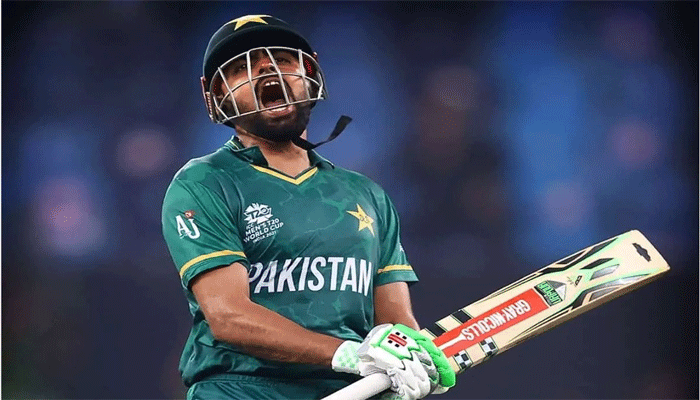
As cricket continues to evolve, so do its laws and formats. In 2025, the International Cricket Council (ICC) has introduced a set of new rules in One Day Internationals (ODIs) aimed at enhancing the pace, fairness, and competitive balance of the game. These changes are designed to adapt ODIs to modern viewer preferences while preserving the integrity and spirit of 50-over cricket.
Whether you’re a passionate fan, a casual viewer, or a fantasy cricket player, understanding these changes is crucial. Here’s a breakdown of the key rule updates you need to know for the 2025 ODI season.
1. Shot Clock for Overs
To address slow over rates—one of the most common complaints in ODIs—the ICC has introduced a 60-second shot clock between overs. The fielding side must be ready to start the next over within one minute. Failure to do so will initially result in warnings, followed by five-run penalties for repeated offenses.
This rule aims to reduce unnecessary delays, especially during powerplay overs and in the final 10 overs when fielding sides often slow down the game tactically.
2. Stop-Clock in Bowling Changes
A separate stop-clock system will now be used during bowling changes. Teams will have a fixed time of 75 seconds to bring in a new bowler, set the field, and begin the next over. This change is expected to speed up gameplay and encourage better on-field coordination.
3. Powerplay Overs Adjustment
While the traditional 10-30-10 Powerplay structure remains intact, an additional two-over batting powerplay has been introduced. Teams can now choose any two overs between the 11th and 40th overs as their bonus powerplay, where only three fielders will be allowed outside the 30-yard circle.
This tweak adds a layer of strategy, encouraging aggressive middle-over batting and reducing dull periods in the innings.
4. No Soft Signal for Catches
The ICC has completely removed the ‘soft signal’ from the umpiring process. All doubtful catches, especially low ones, will now be decided solely by the TV umpire, using multiple camera angles. This ensures more consistent and fair decisions, reducing controversies that often arise from on-field calls that lack clarity.
5. Over-Rate Penalty in Final Overs
To discourage time-wasting toward the end of innings, the 5-run penalty for slow over-rates in the final 10 overs has been retained and made stricter. If a fielding team fails to begin the 41st over within the prescribed time, they will not only face fielding restrictions but may also incur additional run penalties.
6. Expanded Use of Technology
In 2025, DRS (Decision Review System) will now include ball-tracking on LBW reviews for deliveries pitching outside leg-stump, giving more clarity on marginal calls. Also, snickometer has been upgraded with AI-supported sound filters to eliminate false spikes caused by equipment or crowd noise.
7. Mandatory Substitution Option (Trial)
In select ICC-approved bilateral ODI series, teams will be allowed to use a “Super Sub”—a player who can replace anyone in the playing XI and participate fully in the match. This substitution must be made before the 40th over of either innings and will be tracked closely for possible full-time inclusion in future tournaments.
Why These Rules Matter
These updates are part of a larger push to make ODIs more appealing, strategic, and efficient in an era dominated by T20s and Test cricket. With the format often criticized for being too long and losing relevance, the new rules aim to bring back its charm by focusing on tempo, fairness, and tactical depth.
Fan and Player Reactions
Initial responses have been largely positive. Players have welcomed the removal of the soft signal and the new batting powerplay, citing more clarity and excitement. Fans, especially in digitally engaged markets like India and Australia, are excited by the shot clock feature, which adds a sense of urgency to the game.
However, some concerns remain over the Super Sub concept, with critics worried it could imbalance the game if not implemented carefully.
Conclusion
The new ODI rules in 2025 signal a bold shift in the format’s direction—toward a faster, fairer, and more thrilling game. With improved technology, dynamic powerplays, and stricter over-rate regulations, the ICC is clearly investing in the revival and modernization of the 50-over format.
As the world gears up for the Champions Trophy and more bilateral action, one thing’s clear: ODIs in 2025 will be faster, smarter, and more entertaining than ever.





